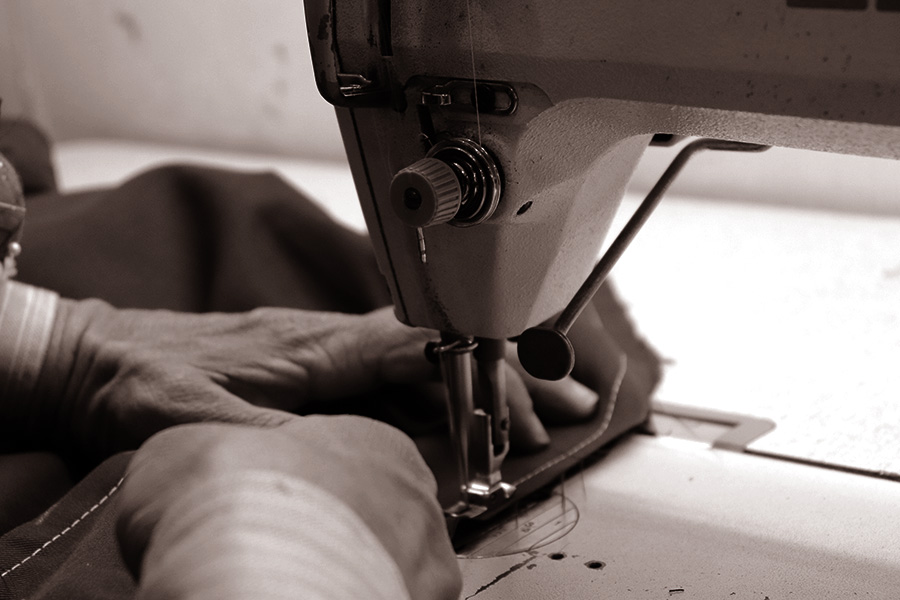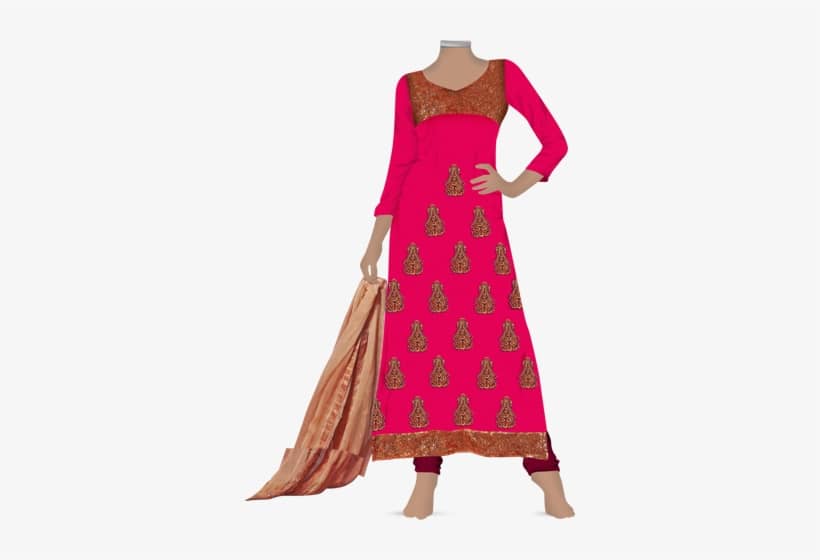Leading Tailor Perth Services: Tailoring Solutions for Perfect Fits
Leading Tailor Perth Services: Tailoring Solutions for Perfect Fits
Blog Article
Understanding the Tailoring Refine: From Fabric Option to Final Fitting for the Perfect Closet
The tailoring procedure is a complex interaction of art and scientific research, beginning with the vital choice of textile selection and culminating in the specific adjustments of final installations. Each material type brings special qualities that affect not just the visual allure however also the garment's durability and suitability for various events.
Significance of Textile Choice
Choosing the best material is crucial in the tailoring process, as it directly influences the convenience, durability, and overall visual of the last garment (tailor perth). The option of textile establishes the structure for the garment's performance, style, and efficiency. Various textiles have one-of-a-kind residential properties, such as weight, stretch, and breathability, which can considerably impact exactly how the garment drapes and fits the body
Furthermore, fabric choice affects the garment's durability and convenience of treatment. High-grade textiles can withstand damage, preserving their appearance and structure over time, while lower-quality materials may result in pilling or fading. Additionally, the appropriate fabric adds to the garment's capability to shift across occasions and periods, thus enhancing flexibility.
A customized piece made from an appropriate textile not just showcases craftsmanship however also boosts the wearer's confidence. Recognizing the subtleties of material option is vital for any tailoring undertaking. It makes sure that the final item not only meets the visual wishes of the customer but likewise aligns with functional needs, thus attaining a harmonious equilibrium between kind and function in the customized wardrobe.
Sorts Of Fabrics and Their Usages
Recognizing the various kinds of fabrics offered is crucial for making educated decisions throughout the customizing process. Each textile possesses one-of-a-kind attributes that dictate its viability for specific garments and events.
Cotton, recognized for its breathability and softness, is ideal for sportswear and summertime clothing. Its adaptability permits it to be customized right into whatever from t shirts to dresses. Woollen, on the various other hand, is preferred for its warmth and framework, making it an excellent option for official matches and outerwear - tailor perth. Its natural elasticity assists garments keep form with time.
Silk shows luxury and is lightweight, making it ideal for eveningwear and delicate blouses; however, it needs mindful handling as a result of its fragility. Linen, with its distinctive coating, is a popular option for cozy climates, supplying a airy and crisp feel, yet it wrinkles easily, which may influence the garment's look.
Artificial fabrics, such as polyester and nylon, deal toughness and resistance to wrinkles, making them appropriate for everyday wear and active clothes. Understanding these fabric types and their homes permits much better decision-making, guaranteeing that each tailored piece not just fits well but likewise straightens with the desired function and event.
The Tailoring Techniques Discussed
The art of tailoring counts on a selection of methods that transform textile right into well-fitted garments. Central to this process is pattern drafting, where a dressmaker produces design templates based upon the customer's measurements and wanted style. This first step ensures that the garment will certainly fit the wearer properly prior to any reducing happens.
When patterns are established, reducing methods enter into play. Precision is paramount as inaccuracies can bring about misfitting garments. Tailors usually utilize numerous cutting approaches, such as single-layer reducing for complex layouts and multiple-layer cutting for performance on basic patterns.
Basting is one more important strategy, permitting dressmakers to briefly stitch fabric pieces with each other for a this article preliminary fitting. This method provides the possibility to evaluate the drape and total silhouette before final stitching.
Seaming methods, consisting of flat-felled joints and French seams, improve the garment's resilience and visual charm. Tailors also utilize methods such as interfacing and extra padding to offer structure and shape to specific locations, like collars and shoulders.
Last but not least, ending up methods, including hemming and edge completing, make certain the garment's long life while providing a sleek look. With each other, these methods form the backbone of reliable customizing, causing exquisite, custom-fit clothing.
Fitting Modifications and Factors To Consider

Key factors to consider consist of the shoulder fit, which needs to neither droop nor restrict movement, and the sleeve length, which should enable comfy arm movement while preserving a polished appearance. Furthermore, modifications at the waistline can fine-tune the shape, with alternatives to allow out or absorb textile as needed.
The increase of pants is one more vital element; it should rest conveniently above the hips without creating discomfort, enabling convenience of movement. Hemming sizes for both trousers and skirts should mirror the wearer's favored style while appreciating percentages.

Keeping Your Tailored Attire
Correct maintenance of customized garments this contact form is vital to protecting their fit and look over time. To make certain long life, routine cleansing is vital. Always comply with the care label instructions, which may advise completely dry cleansing for fragile textiles or maker washing for more resilient materials. Prevent frequent laundering, as this can put on down the material and change the garment's shape.
Storage space is just as essential; usage cushioned hangers for coats and coats to preserve shoulder structure, and store pants folded neatly or hung to stop creasing. Secure garments from direct sunshine, which can discolor shades and damages fibers.
In addition, regular assessments for minor fixings can prevent bigger problems. Check for loosened buttons, tearing seams, or signs of moth damages, addressing these problems quickly to maintain the garment's honesty.
Lastly, think about seasonal turning. Using tailored items in moderation allows textiles to recuperate, expanding their lifespan. By applying these maintenance strategies, you can make sure that your tailored garments remain as excellent as the day you initially wore them, enhancing your perfect closet for years to find.
Verdict
The tailoring process, incorporating textile option, experienced techniques, and specific fitting adjustments, plays an essential function in creating garments that enhance both comfort and style. Understanding the significance of maintenance extends the life of tailored garments, solidifying their worth in a well-curated closet.
Picking the appropriate textile is vital in the tailoring process, as it directly influences the convenience, durability, and total visual of the final garment. The selection of material establishes the foundation for the garment's performance, design, and capability. Various textiles possess find more information unique homes, such as breathability, weight, and stretch, which can considerably impact just how the garment drapes and fits the body.
The art of customizing depends on a variety of strategies that transform textile into well-fitted garments.The tailoring procedure, encompassing textile selection, skilled strategies, and accurate suitable modifications, plays a crucial duty in creating garments that boost both comfort and design.
Report this page